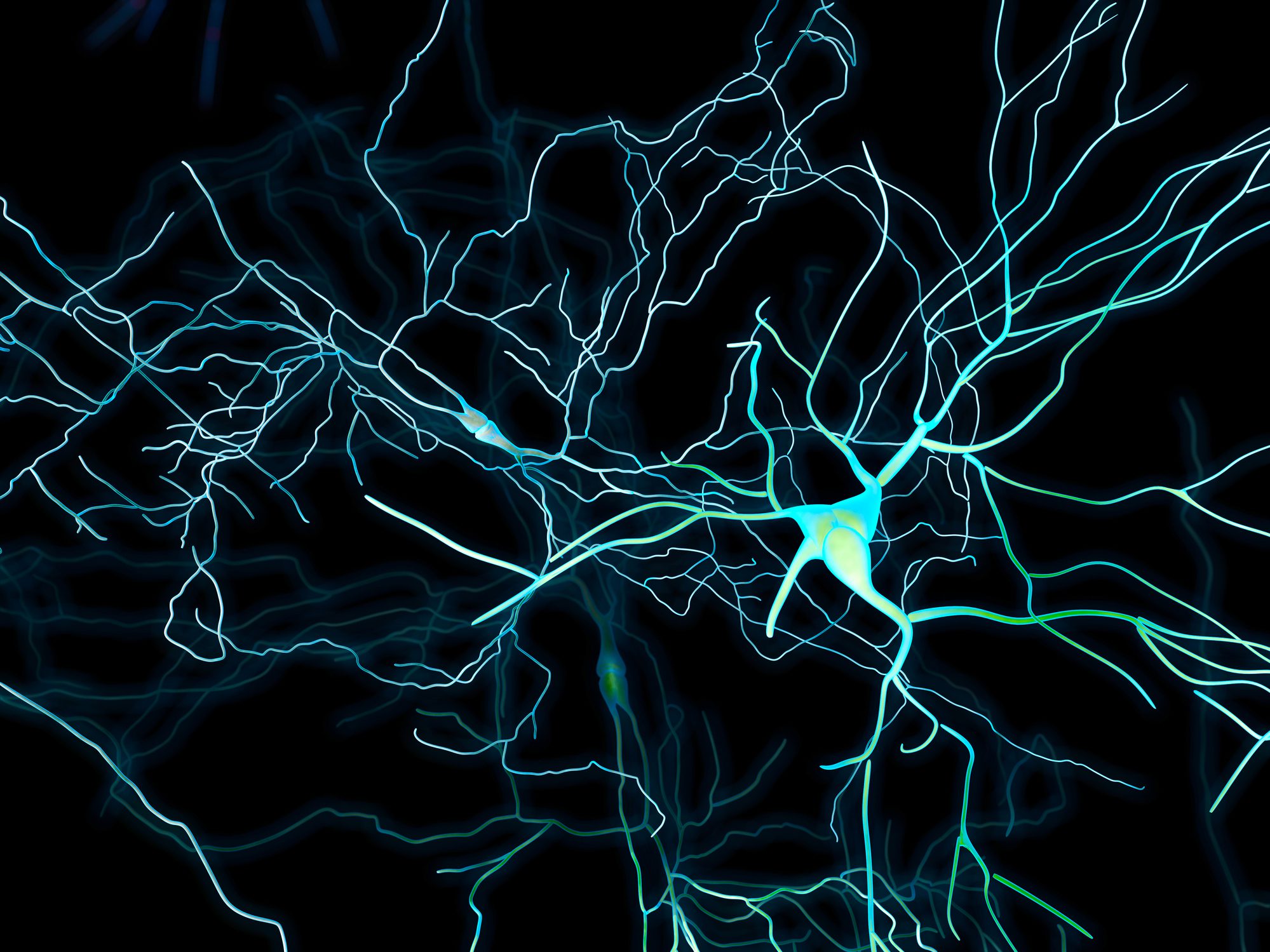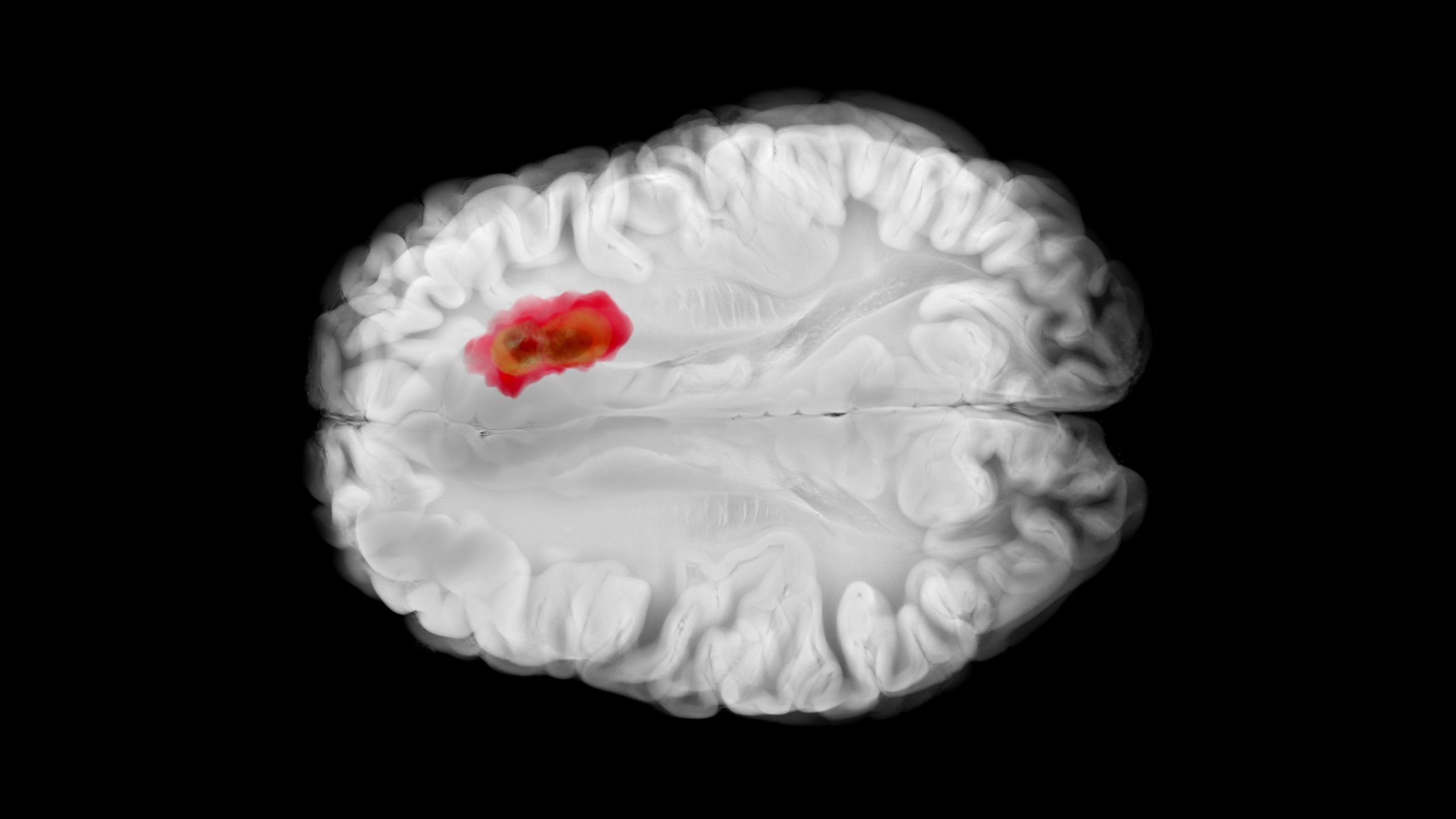Parkinson’s disease is one of the most common neurodegenerative diseases, which manifests itself with motor symptoms such as slowness of movement (bradykinesia), tremors at rest (resting tremor) and muscle stiffness (rigor). The current diagnostic criteria require the presence of bradykinesia and at least one other motor symptom (tremor at rest or rigor).
Partner
Autoren
- Prof. Dr. med. Stephan Bohlhalter
- Prof. Dr. med. Georg Kägi
Publikation
- InFo NEUROLOGIE & PSYCHIATRIE
Related Topics
You May Also Like
- Psoriasis: intervening in the inflammatory cascade
Advantages of early biologic therapy and oral peptide as a beacon of hope
- AI-supported imaging and new biomarkers
CHD diagnostics update
- Bipolar disorder, anxiety disorder, depression
Lurasidone as monotherapy for bipolar I depression with anxiety symptoms
- Arterial hypertension: ESC guideline 2024 in focus
New category “elevated blood pressure” – what are the therapeutic implications?
- Low-grade pediatric gliomas
Consideration of the tumor microenvironment opens up new treatment options
- Palliative care symptom and needs assessment.
What screening tools are helpful?
- Patient-centered rounds in medicine
Aligning care with the patient
- HIV: antiretroviral therapy (ART)













